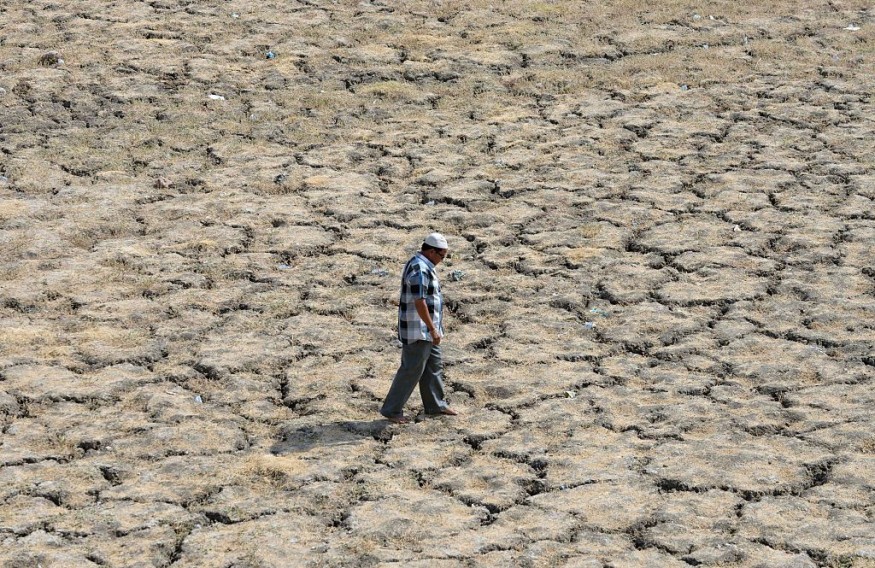
Heatwave deaths are being feared in India as the country enters into a climate disaster of blistering heat.
As temperatures rise to 50C, an 'unbearable' heat threatens crops and livelihood in the South Asian country, according to The Independent. Since the year started, India has been bracing itself for higher temperatures and more blistering weather day after day as climate change intensifies.
Hydroclimatologist Arpita Mondal at the Indian Institute of Technology in Mumbai says the weather conditions was so bad, "hot and humid that even if you're not doing anything, just sitting in one place below the fan or AC, it's also tiring - it's that bad."
People outdoors who have to report to work have it "significantly worse", especially those who are paid a daily-wage. Experts say that prolonged exposure to extreme temperatures carries significant health risks, which India has currently been in for the past week.
"It can be fatal for some," said Dr Mondal.
Heatwave Stands Out in India for Two Reasons
More than a billion people are at risk of heat-related health impacts in India, United Nations report. Temperatures are set to soar past 40C in New Delhi and forecast to linger around 44C until Sunday, "rising rapidly much earlier than usual," said India's prime minister Narendra Modi in an online conference on Wednesday.
Mr Modi warns of increased incidents of fire, including in hospitals. According to Dr Mondal, heatwave cloaking India stands out for two reasons: First, as mentioned, heat struck India quite earlier than usual. While India's main summer months (April until June) are always "excruciatingly hot" in most parts of the country before monsoon rains bring cooler temperatures, this year, particularly, recorded the hottest March in the region since the India Meteorological Department began keeping track 122 years ago;
Second, it is already affecting most parts of the country than just hotspots which are the central-northern, northwestern region that includes Rajasthan and the south-east, including Andhra Pradesh, Dr Mondal recounts. Around 1.4 billion of India's population except maybe in mountainous regions "reeling from the heat," she added.
Health and disaster management agencies are currently working together to roll out heat health action plans, which have been successful in saving lives in the past few years, according to World Meteorological Organization.
Fueled by Climate Change
Climate scientists say that it's still early to measure the extent to which this heatwave has been fueled by climate change, but they can confirm that the increasing intensity and frequency of heat in India and elsewhere around the world is due to global heating, mainly caused by burning fossil fuels.
"It is virtually certain that hot extremes (including heatwaves) have become more frequent and more intense across most land regions since the 1950s," the United Nations landmark climate report said, which was published last August.
The report notes with "high confidence" that human-induced climate change is the main driver of these changes.
"Every heatwave occurring today has been made more likely and more intense because of climate change," said Friederike Otto, a senior lecturer in climate science at the Grantham Institute for Climate Change and the Environment at Imperial College London. "Heat waves are where climate change really is a game changer and they are the deadliest extremes there are."
Related article : Experiencing 20 Earthquakes Last Week and 2 More Today, Central Idaho is Literally Shaking With Earthquake Swarms
© 2025 NatureWorldNews.com All rights reserved. Do not reproduce without permission.





